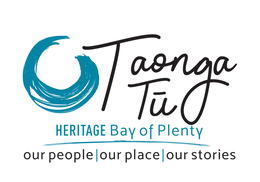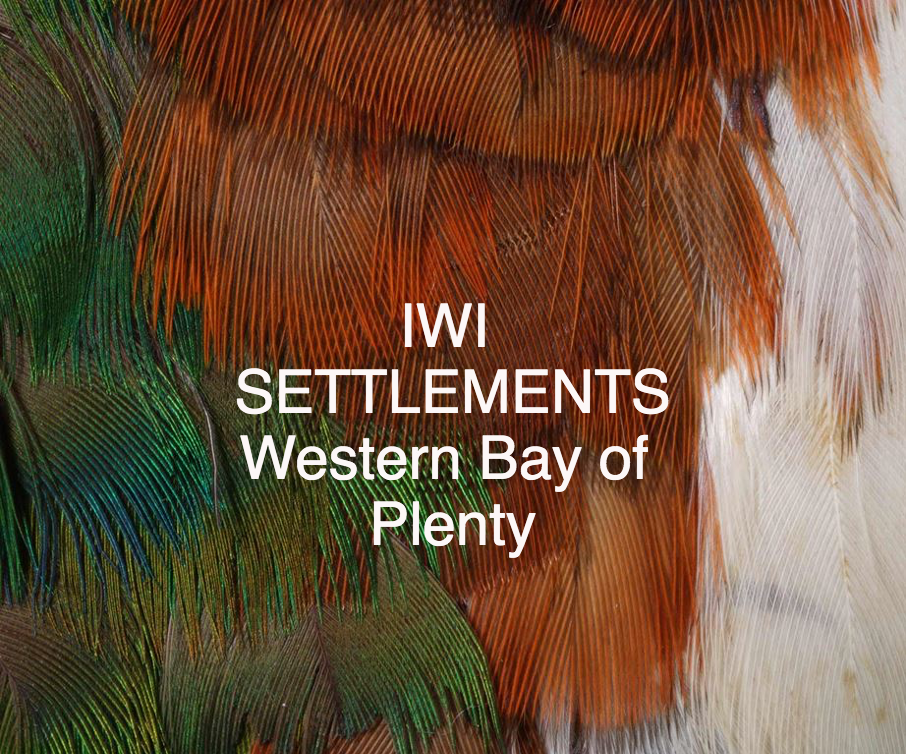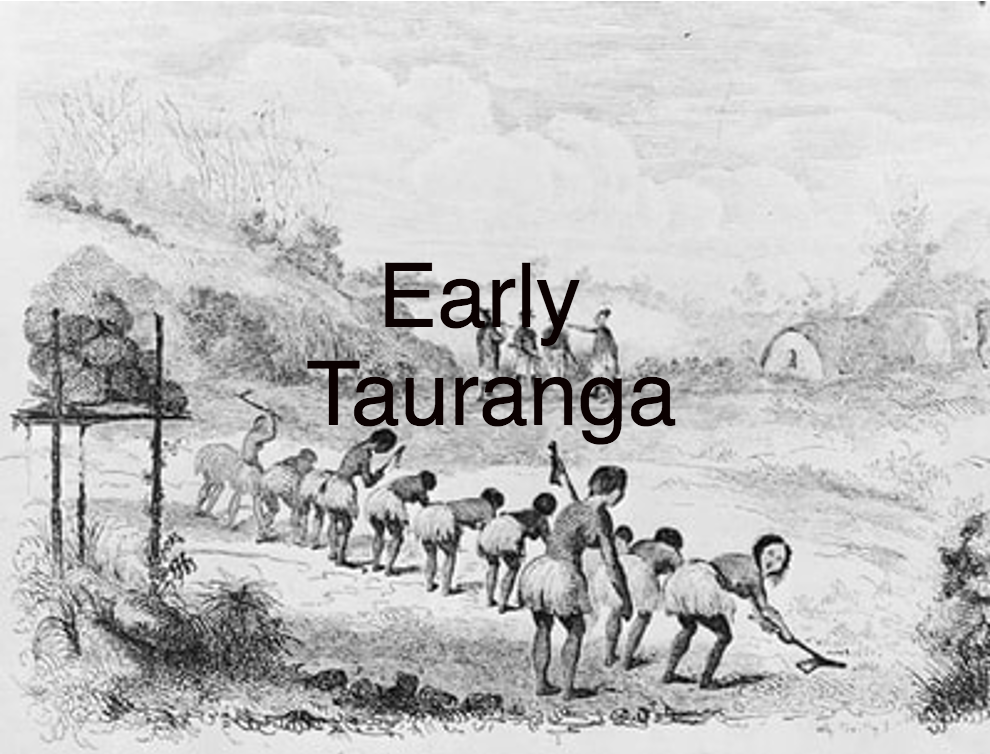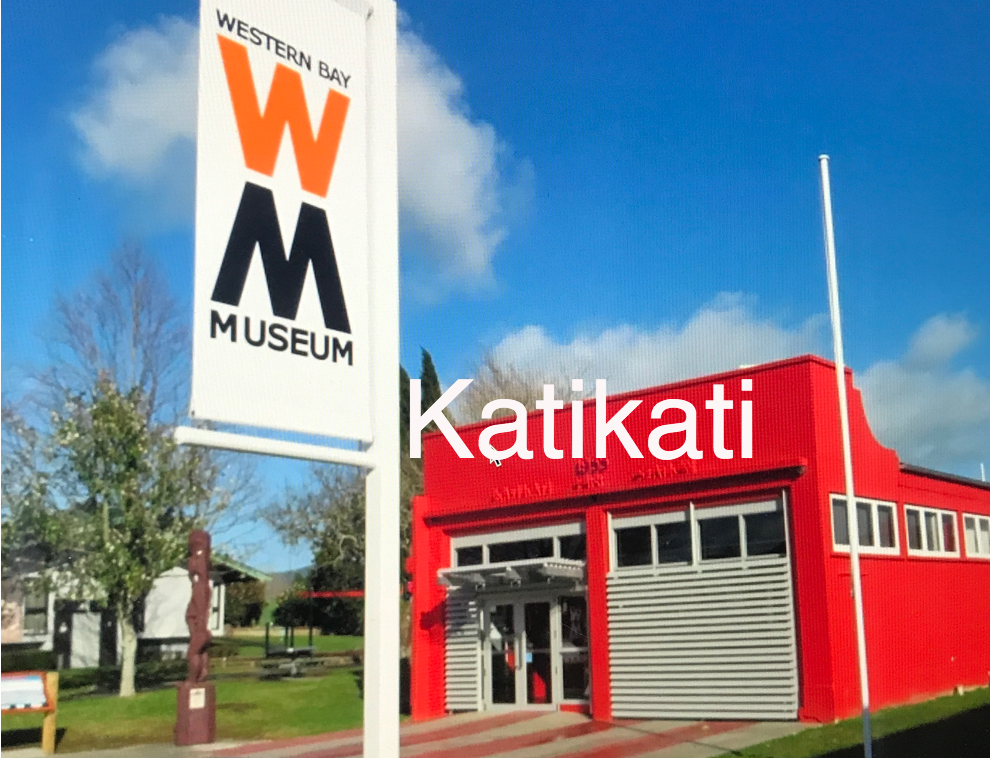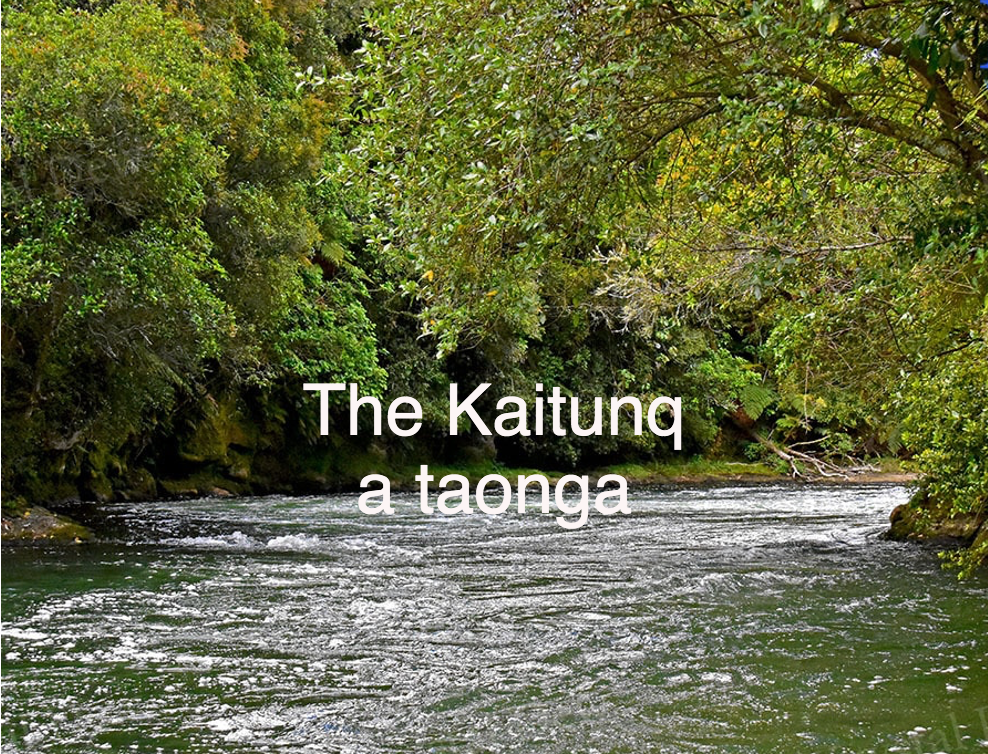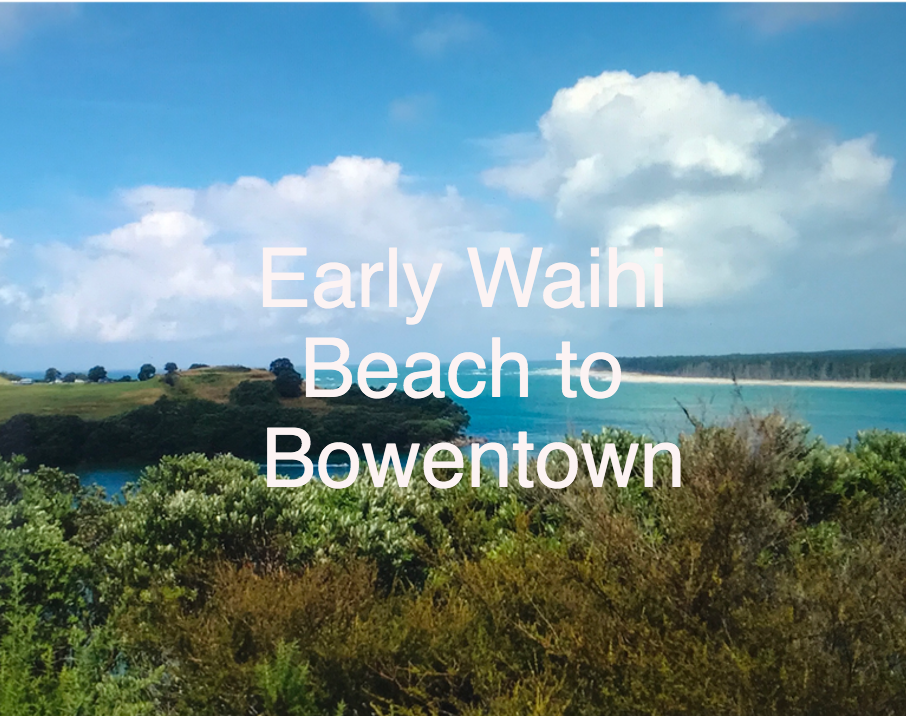Western Bay of Plenty - Discovering our heritage
Tauranga Moana
The western area of the district, which includes Tauranga City, is known as Tauranga Moana (Waihi Beach / Bowentown to Pāpamoā) and was first occupied by the iwi of Ngāti Ranginui, Ngāi Te Rangi and Ngāti Pūkenga from the waka Tākitumu and Mātaatua.
The western area of the district, which includes Tauranga City, is known as Tauranga Moana (Waihi Beach / Bowentown to Pāpamoā) and was first occupied by the iwi of Ngāti Ranginui, Ngāi Te Rangi and Ngāti Pūkenga from the waka Tākitumu and Mātaatua.

- Read about Ngāti Ranginui here
- Read about Ngāti Pūkenga here
- Read about Ngāi Te Rangi here
- Read about Tauranga MOANA today
Western Bay of Plenty
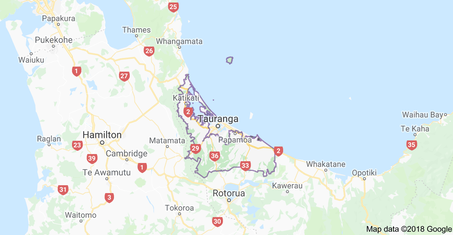
Western Bay of Plenty (see enlarged map here)spans from Waihi Beach to Pukehina Beach and Otamarakau taking in the Kaituna Catchment, Kaimai and the Wairoa River, and Tauranga City. Mauao (Mt Maunganui) sits at its heart.
The region covers 212,000 hectares of coastal, rural and urban areas, much of which is considered as Taonga, meaning a natural treasure. This region is steeped in New Zealand Māori and colonial history, culture & heritage and is New Zealand's fastest growing region today.
The region covers 212,000 hectares of coastal, rural and urban areas, much of which is considered as Taonga, meaning a natural treasure. This region is steeped in New Zealand Māori and colonial history, culture & heritage and is New Zealand's fastest growing region today.
The earliest known settlers to Tauranga were Māori who arrived in the Tākatimu, Mātaatua and Te Arawa waka (canoes) in the 13th century, forming part of the original migration from East Polynesia (Hawaiki) to Aotearoa (The Land of the Long White Cloud), today known as New Zealand. At 9.00 am on Friday 23 June 1826 The Herald was the first NAMED European ship to enter Tauranga Harbour, 'Tauranga' meaning 'safe harbour', albeit it is well known that other ships carrying Europeans arrived earlier than this.
Read more here
Read more here
Western Bay of Plenty, East
Te Puke, Kaituna - Maketu: The eastern area of the Western Bay covers Te Puke, the Kaituna Catchment and on to Maketu down to Otamarakau. This region was first occupied by the iwi of Coastal Te Arawa from the waka Te Arawa. This iwi carries on over the borders of Western Bay of Plenty into Eastern Bay of Plenty and Rotorua Lakes District. It is believed that Te Arawa was the first waka to land
in New Zealand at Maketu at the mouth of the Kaituna River.
Te Puke, Kaituna - Maketu: The eastern area of the Western Bay covers Te Puke, the Kaituna Catchment and on to Maketu down to Otamarakau. This region was first occupied by the iwi of Coastal Te Arawa from the waka Te Arawa. This iwi carries on over the borders of Western Bay of Plenty into Eastern Bay of Plenty and Rotorua Lakes District. It is believed that Te Arawa was the first waka to land
in New Zealand at Maketu at the mouth of the Kaituna River.
Professor Paul Tapsell. You can buy the book here
- Read about Te Arawa history by Professor Paul Tapsell here
- Read about Te Arawa Lakes Trust here
- Read about the Kaituna River today here
Professor Paul Tapsell. You can buy the book here
HOME
ABOUT: Our Team | Ōtamataha Pā | Taonga - our treasure | Our brand story
WHATS ON: Exhibitions | Past Events | Videos
DISCOVER: Our Tāngata whenua | Early Tauranga | Waihi Beach | Katikati | Mauao - the legend | The Kaituna | Te Puke | Maketu - magic
OUR HERITAGE: Heritage Collection | Heritage Gallery | Battles of Gate Pā & Te Ranga | The Apology | St George's Gate Pā | The Elms |
Historical Society | Tauranga Jazz Festival History | Maori Proverbs | Heritage Organisations | Archives | The Golden Years
HERITAGE FRIENDS
CONTACT
ABOUT: Our Team | Ōtamataha Pā | Taonga - our treasure | Our brand story
WHATS ON: Exhibitions | Past Events | Videos
DISCOVER: Our Tāngata whenua | Early Tauranga | Waihi Beach | Katikati | Mauao - the legend | The Kaituna | Te Puke | Maketu - magic
OUR HERITAGE: Heritage Collection | Heritage Gallery | Battles of Gate Pā & Te Ranga | The Apology | St George's Gate Pā | The Elms |
Historical Society | Tauranga Jazz Festival History | Maori Proverbs | Heritage Organisations | Archives | The Golden Years
HERITAGE FRIENDS
CONTACT
Content Copyright Organic Living Ltd © 2022
